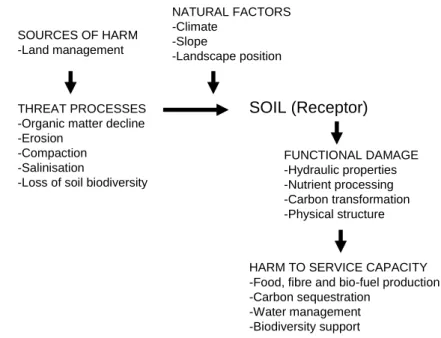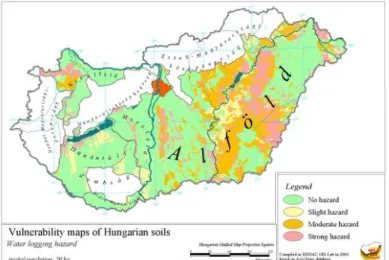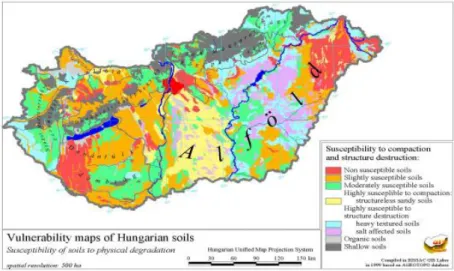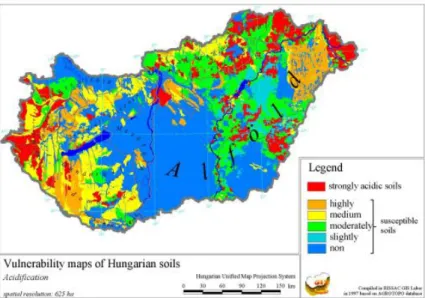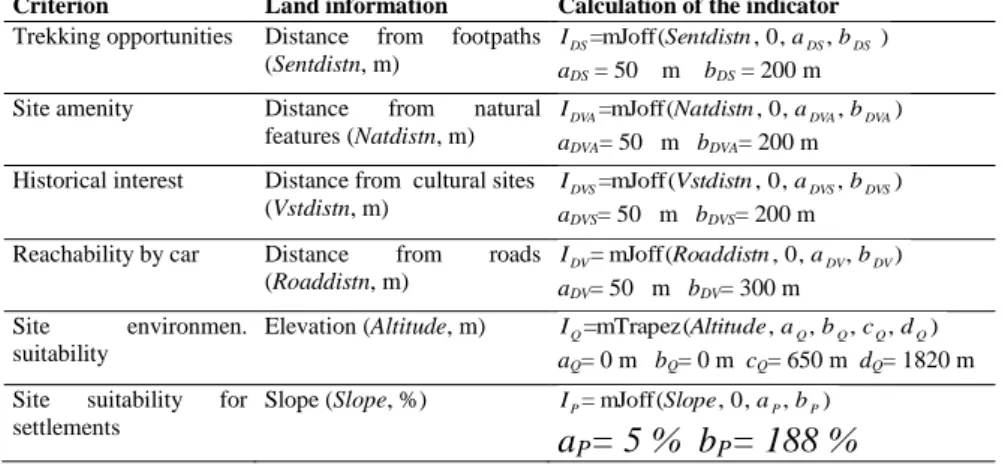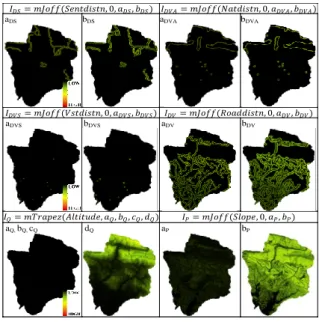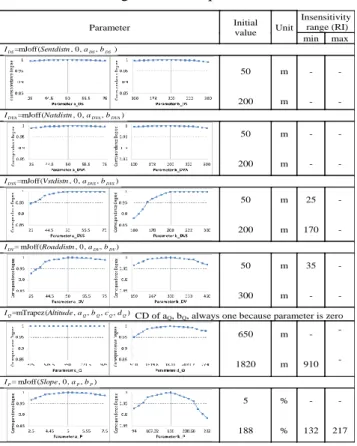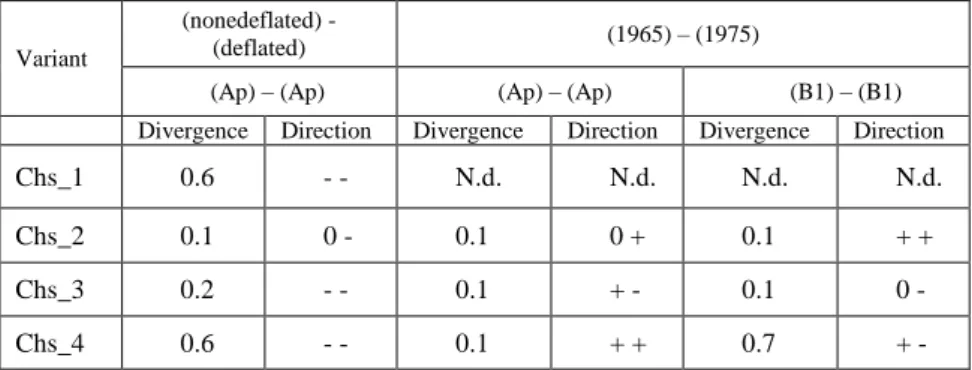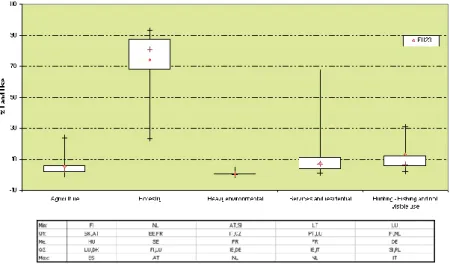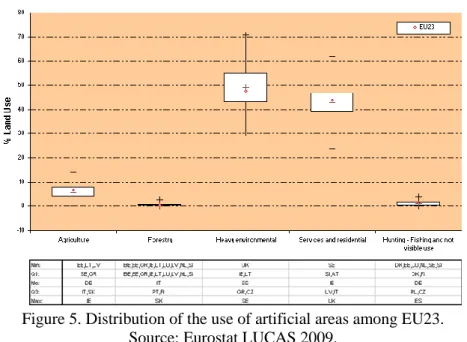The mission of the JRC-IES is to provide scientific-technical support to the European Union's policy for the protection and sustainable development of the European and global environment. Neither the European Commission nor any person acting on behalf of the Commission is responsible for the use that may be made of this publication. The latest developments on the implementation of the Soil Thematic Strategy of the European Commission.
Supporting environmentally sound land management adapted to site-specific ecological conditions became a priority area in the European Union's agricultural and rural development policy. To discuss these issues, an international conference on 'Land Quality and Land Use Information in the European Union' was organized in Keszthely (Hungary) in May 2011 by the Hungarian Academy of Sciences, the University of Pannonia and the European Commission, under the auspices of the Hungarian Ministry of Rural Development in the framework of the Hungarian EU Presidency in the first semester of 2011. The aim of the conference was to facilitate the exchange of information and views between stakeholders involved in land management, land resources research and policies land use planning.
The organizing committee is very grateful to the many colleagues who contributed to the success of the event during the organization phase and at the event. Finally, the interest in the topic and support for the organization of the Hungarian Ministry of Rural Development is greatly appreciated.
CONCEPTS OF
LAND QUALITY ASSESSMENT
Structure of the soil system: thickness and arrangement of soil horizons, proportion of major soil components and other long-term changes. The objectives and possibilities for expressing the quality of soil] (In Hungarian) In: Földminõsítés és földhasználati információ. Land assessment for forestry: a survey of land requirements for the cultivation of Pinus radiata D.Don in the Basque Country, Northern Spain.
During the land evaluation process, resources and services related to the multiple functions of the land must also be addressed. So, in this case, sensitivity analysis can demonstrate the reliability of the procedure implemented. The same happens with the parameters of the accessibility indicator IDV in relation to the roads.
Instead, the sensitivity of the height and slope indicators (IQ and IP) follows the terrain of the area. The results obtained regarding the sensitivity of the parameters provide information for the further improvement of the soil evaluation procedure. Furthermore, it can serve as a measure of actual interclass distances that is useful for assessing the quality of land classification.
The study was carried out in a large part (area 16000 km2, 200 km from north to south and 80 km from east to west) of the Kulunda steppe, located in the south of Western Siberia.
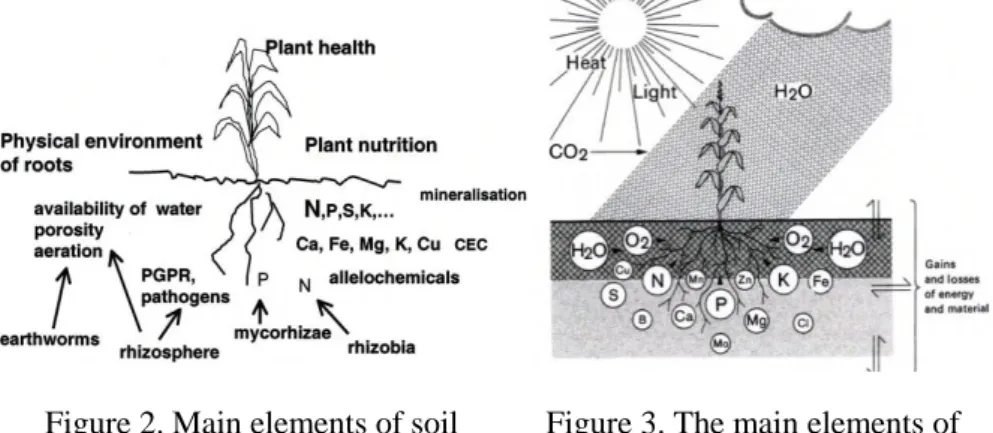
BIOINDICATORS OF LAND QUALITY
LUCAS (land use/cover area frame survey) is a field survey carried out on a sample of 235,000 points spread over almost (23 MS1 in 2009) the entire territory of the European Union. This result shows that the difference in the use of the land, even for the same cover, can lead to a diverse landscape in the different countries. Diversity in the combination of land cover and land use A further characterization of the diversity in land cover and land use in Europe can be derived from the combined analysis of these two parameters.
According to the authors, there is a need for a paradigm shift in EU legislation in the field of agri-environmental protection. The question arises whether the plant nutrition practices of farmers in the different EU countries are consistent with this description. The data in the FAO database were expressed in terms of the agricultural area of the country in question.
To strengthen the reliability of the N balance calculations in the EU countries, the groundwater conditions of the same countries were used. In Belgium and the Netherlands, livestock densities are about ten times higher than in some of the new Central and Eastern European EU countries. Due to the more intensive application of P fertilizers, the P-supplying capacity of the soil in Western Europe is much greater than in the center and east of the continent.
According to the authors, soil saturation with P in the Netherlands is even higher than in Belgium. As in the case of Western European countries, countries were classified according to the proportion of land with a good or very good supply of phosphorus. Factors influencing maize response to P fertilization obtained from a database of Hungarian field experiments published between 1960 and 2000.
Directive 2000/60/EC of the European Parliament and of the Council establishing a framework for Community action in the field of water policy. The wealth of the following examples proves the importance of soil as a long-term (bio)indicator. Especially in the southern part of the Vienna Basin, we can see in many places the influence of man on the development of the soil and soil properties.
In any case, the traces of the previous land use are long-term preserved in the soil. In the finds of Hallstatt C at the base of the Leitha mountain range, we find e.g.
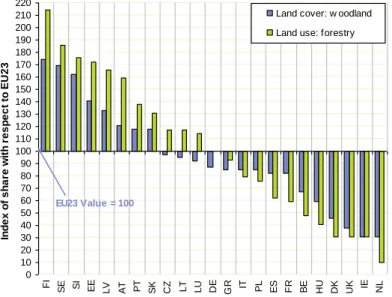
QUALITY ASSESSMENT OF DEGRADED LANDS
This changes the type and distribution of all organisms found in the rest of the Earth's food web. In addition, a working group dedicated to raising awareness has been set up within the framework of the European Soil Bureau Network25. In the Flemish region, it is the responsibility of the Environment, Nature and Energy Department of the Flemish Government.
In the Walloon region, the Directorate General for Natural Resources and the Environment (DGNRE) is in charge of soil protection policies. Based on the forest floor, bulk density is measured at the sites of the ICP Forests network. In the Mediterranean, the ratio between saline and non-saline soils was even (Table 2).
Limiting soil sealing is one of the core objectives of the European Commission's soil protection policy. The same thing happened in Spain after it joined the European Union, and is now happening in the new member states of the European Union. There is already a map of the sealing degrees of the regions of Europe (European Environmental Agency 2006) and a collection of data on the sealing degrees of individual states of the European Union (European Environmental Agency 2009).
2 for the closed area (around 49% of the population and traffic area) of the European Union countries. It is not expected that the legislation regulating urban growth would be uniform in the 27 member states of the European Union. There is no uniform responsibility of the authorities in the member states of the European Union for planning and decision-making for the growth of the city.
Such a criterion is the water storage capacity (field capacity) of the soil up to a depth of 1 m. The same can be introduced in land use by covering for land reclamation purposes after the end of land use. Limiting soil sealing is part of European soil policy and is widely aware.
European Commission 2004: Reports of the Technical Working Groups established under the Soil Protection Strategy. Land closure is one of the eight main threats listed in the Thematic Land Strategy (EC, 2006).
